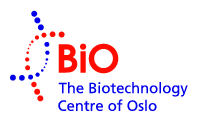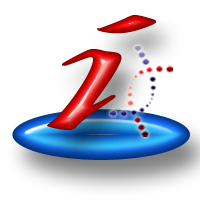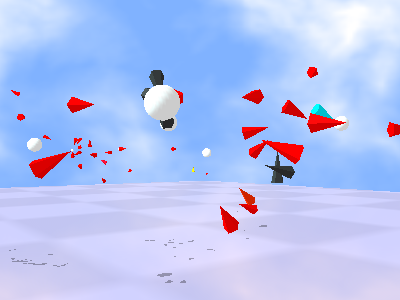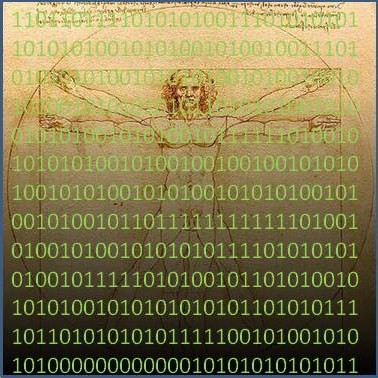Difference between revisions of "Donaldson Group"
| Line 21: | Line 21: | ||
{|class="wikitable" style="text-align:left; clear: both" border="0" cellpadding="10" | {|class="wikitable" style="text-align:left; clear: both" border="0" cellpadding="10" | ||
| + | |||
| + | |- | ||
|<imagemap> | |<imagemap> | ||
Image:iRefIndex_logo.png|100x100px | Image:iRefIndex_logo.png|100x100px | ||
| Line 31: | Line 33: | ||
iRefIndex is available via a number of interfaces: in MITAB tab-delimited text (iRefIndex), web-site (iRefWeb), Cytoscape plugin (iRefScape) and an R package (iRefR). | iRefIndex is available via a number of interfaces: in MITAB tab-delimited text (iRefIndex), web-site (iRefWeb), Cytoscape plugin (iRefScape) and an R package (iRefR). | ||
| + | |||
|- | |- | ||
|<imagemap> | |<imagemap> | ||
| Line 39: | Line 42: | ||
=== [[Magrathea]] === | === [[Magrathea]] === | ||
| − | + | [[Magrathea|http://magrathea.uio.no/]]<br/> Magrathea is prototype software demonstrating how animations of molecular pathways can be driven automatically using local context of the participant molecules. | |
| + | |||
|- | |- | ||
|<imagemap> | |<imagemap> | ||
| Line 50: | Line 54: | ||
The Biolibrarian proposal proposes the creation of new positions at university libraries around the world. | The Biolibrarian proposal proposes the creation of new positions at university libraries around the world. | ||
These people would act as local biocurators that help local university researchers submit data to relevant biological databases. | These people would act as local biocurators that help local university researchers submit data to relevant biological databases. | ||
| + | |||
|- | |- | ||
|<imagemap> | |<imagemap> | ||
| Line 59: | Line 64: | ||
[[DiG:_Disease_groups|http://donaldson.uio.no/wiki/DiG:_Disease_groups]]<br/> The Disease Groups project groups together phenotypically related disease-gene associations found in OMIM's Morbid Map. The resulting map of disease genes may be used to explore relationships between disease genes in the human protein-interactome. | [[DiG:_Disease_groups|http://donaldson.uio.no/wiki/DiG:_Disease_groups]]<br/> The Disease Groups project groups together phenotypically related disease-gene associations found in OMIM's Morbid Map. The resulting map of disease genes may be used to explore relationships between disease genes in the human protein-interactome. | ||
| + | |||
|- | |- | ||
|<imagemap> | |<imagemap> | ||
Revision as of 08:17, 28 October 2011
The Donaldson Group at the Biotechnology Centre of Oslo
Research Interests
Our primary interests include protein interaction data consolidation, text mining and data mining especially with respect to diseases.
Our recent work on a consolidated protein interaction database can be found at http://irefindex.uio.no/ .
Projects
iRefIndex, iRefWeb, iRefScape, iRefRhttp://irefindex.uio.no/ iRefIndex is available via a number of interfaces: in MITAB tab-delimited text (iRefIndex), web-site (iRefWeb), Cytoscape plugin (iRefScape) and an R package (iRefR). | |
Magratheahttp://magrathea.uio.no/ | |
The Biolibrarian ProposalThe Biolibrarian proposal proposes the creation of new positions at university libraries around the world. These people would act as local biocurators that help local university researchers submit data to relevant biological databases. | |
DiG: Disease Groupshttp://donaldson.uio.no/wiki/DiG:_Disease_groups | |
Bioscapehttp://bioscape.uio.no/ |
Group Members
- Ian Donaldson
- Paul Boddie
- Sabry Razick
- Antonio Mora
Past Group Members
- Katerina Michalickova
- Hanna Nemchenko
Local Seminar Series
The Biotechnology Centre of Oslo holds a weekly Tuesday seminar at Forskningsparken, Gaustadalléen 21, Oslo.
The Computational Life Science seminars are held every Wednesday at Ole-Johan Dahls hus, located at Gaustadalléen 23D, Oslo (opposite the Forskningsparken main entrance).
Courses
Bioinformatics for molecular biologyA new, two-week, intensive bioinformatics course that covers various aspects of bioinformatics analyses for molecular biology. Statistics, multiple hypothesis testing, microarray analysis, sequence alignments, working with protein structures, protein interaction networks and more. The schedule can be viewed here http://bioinformatics.uio.no/wiki/Bioinformatics_course along with all material used in the course. The course is composed of lectures and practical tutorials. |
Introductory Perl is taught by Antonio Mora and Ian Donaldson as part of the MBV3070 course. The slides for these lectures are available here at Perl lectures for MBV3070.
Ian Donaldson is organizing this year's Molecular Biotechnology Course at the Biotechnology Centre of Oslo. You can find the MBV9100 course web page here and the latest schedule here.
Contact
ian.donaldson at biotek.uio.no







